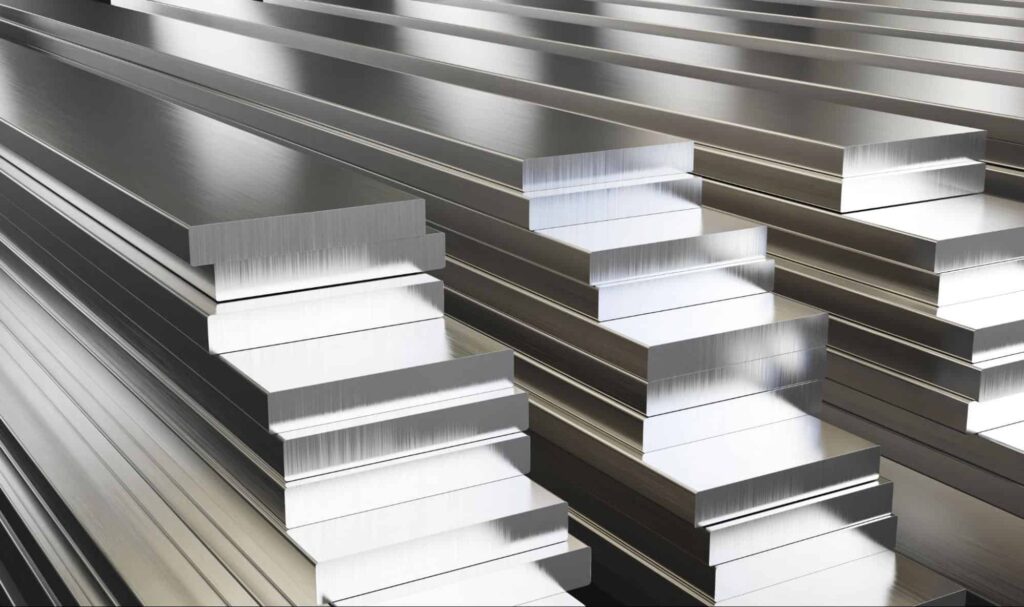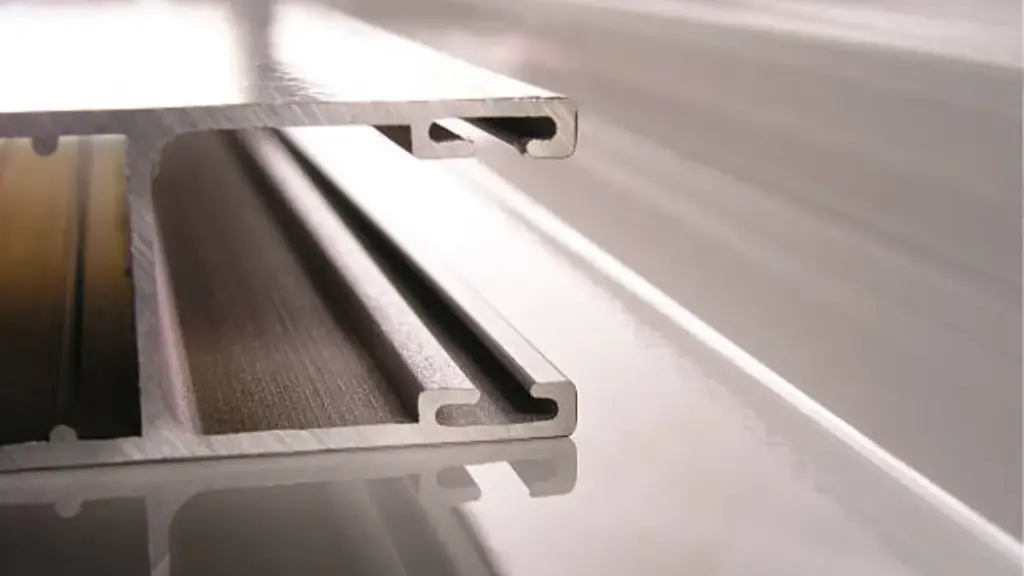あなたのガジェットや電化製品のアルミニウムや亜鉛のダイカスト部品がどのように作られているのか疑問に思ったことはありませんか?? ダイキャストの魔法を見ています! このプロセスにより、さまざまな用途に使用される複雑かつ精密な金属部品の作成が可能になります。 ダイカスト自動車部品 キッチン用品に. しかし、プロジェクトに適した金属を選択するのは頭を悩ませることになる可能性があります. 亜鉛とアルミニウムを入力してください, メタルダイカスト界の重鎮2人, それぞれが独自の強みを誇っています. だからバックルを締めて, 私たちはこれから金属の戦いに深く突入しようとしているからです.
ダイカストとは?
考えてみましょう ダイカスト 金属成形の魔術師として. 溶けた金属 (亜鉛やアルミニウムのような) 精密に作られた金型に射出される, ケーキ型に生地を流し込むような感じ. 金属が冷える, 固まる, これで完成です。, ロックンロールの準備はできています. 素早いですね, 効率的, 高品質の金属部品を製造するための汎用性の高い方法.
亜鉛ダイカスト
亜鉛はダイカスト界の弱者のチャンピオンです, 見落とされがちだがメリットが満載. 核心部分に入りましょう:

亜鉛の性質
亜鉛は多用途性で知られる金属です, スーツを着こなしてもダンスフロアを征服できるあの友人のように. 比較的柔らかいです, 扱いやすい, 音の振動を減衰させる独自の能力を持っています. プラス, 亜鉛は融点が低い, ダイカストの経済的な選択肢になります.
亜鉛を使用する利点
次のダイカストプロジェクトに亜鉛を選択すべき理由? 概要は次のとおりです:
- 費用対効果: 亜鉛は予算に優しい金属です, 生地を節約したい企業にとって魅力的な選択肢となる.
- 耐久性と強度: 柔らかさに騙されないでください, 亜鉛って意外と丈夫なんですね. 耐久性があり、その重量に耐えることができるため、磨耗に耐える必要があるコンポーネントに最適です。.
- 精度と詳細: 複雑な詳細を捕捉する亜鉛の能力はゲームチェンジャーです. 細い線や複雑な形状の部品を作りたい? 亜鉛はプロのように扱える.
亜鉛ダイカストの用途
亜鉛ダイカスト, 特性のユニークなブレンドにより、, 幅広い業界で重要なコンポーネントとなっています. まるで金属のカメレオンのようだ, 多様なアプリケーションにシームレスに適応. あなたの日常生活について考えてみましょう: あの洗練された, 持ち運べる人間工学に基づいた手指消毒剤ボトル, 毎日使う丈夫なドアハンドル, あなたの車に優雅さを加えるスタイリッシュなカーパーツでさえ、可能性はあります。, 亜鉛は舞台裏で静かに働いています.
手を汚すことを恐れない金属です, 自動車産業用の複雑なコンポーネントの作成から電子機器用の繊細な部品の作成まで. 機能的なアイテムと装飾的なアイテムの両方を作成できる亜鉛の多用途性が光ります。, 建築金物から装飾器具に至るまで、あらゆるものに人気の選択肢となっています。.
アルミダイカスト
ギアを変えてアルミニウムをチェックしてみましょう, 多くのダイカスト用途に最適な金属.

アルミニウムの性質
アルミニウムは金属のスポーティな兄弟のようなもので、軽量です。, 強い, 洗練されたプロフィールを誇ります. 耐腐食性にも優れています, 屋外用途に最適な製品です.
アルミニウムを使用する利点
アルミニウムには独自の優れた特徴があります:
- 軽量特性: アルミニウムはフェザー級チャンピオンです, 軽量かつ機敏である必要があるコンポーネントに最適です。, 航空宇宙産業や自動車産業で見られるような.
- 耐食性: アルミニウムは錆や腐食に関しては非常に丈夫です. 過酷な条件にも耐えることができます, 屋外用家具として最適です, 窓枠, および風雨にさらされるその他のアプリケーション.
- 熱伝導率と電気伝導率: アルミニウムは熱と電気の伝導体です, これらの特性が重要な用途に最適です。, ヒートシンクや電気部品など.
アルミダイカストの用途
アルミダイカスト 製造業の真のカメレオンです, 幅広い業界にシームレスに適応. ただの金属ではありません; これは、私たちの世界の構成要素からガジェットを動かす複雑なコンポーネントまで、あらゆるものを作成するために使用される多用途のツールです。 アルミニウムダイカストは次のとおりです。 建設部品, 耐久性と軽量化に貢献する構造, そしての世界で 電子部品, 熱と電気を伝導する能力があるため、敏感なコンポーネントには不可欠です。.
アルミニウムの軽さは重要な資産です, 航空宇宙産業での高騰を可能にする, 重量が重要な要素となる場合. 自動車産業にとっても重要な成分です, 燃費の良い車両の開発と安全機能の強化に貢献します. 街を彩るスタイリッシュな自転車も忘れないでください, アルミダイキャスト製のコンポーネントを採用. これなしでは生きていけないような派手なガジェットも, スマートフォンからタブレットへ, アルミニウムのユニークな特性を利用して完璧に機能します.
亜鉛 vs. アルミダイカスト
今, みんなが待っていた対決に向けて: 亜鉛対アルミニウム! それぞれの長所と短所を比較検討してみましょう:

亜鉛 vs. アルミニウム: 強さ
亜鉛合金と比較した場合. アルミニウムの強度, アルミニウムが強度の分野でトップに立つ, 亜鉛よりも高い引張強度を誇ります。. メタル界の筋肉マンみたいだ. しかし、亜鉛を過小評価しないでください! それは依然として有力な候補であり、多くの場合、多くのアプリケーションにとって十分以上に強力です.
重量に関する考慮事項
アルミニウムの羽毛のように軽い特性により、ここでは明らかにアルミニウムが勝者となります. 軽量設計のチャンピオンです, 許可する アルミダイカスト部品メーカー 強度を損なうことなく、より軽量なアルミダイカスト部品を作成する. 亜鉛のほうが重い, しかし、亜鉛ダイカスト製品の重量が大きな問題にならない多くの用途にとっては、依然として確実な選択肢です。.
ダイカストコスト
亜鉛合金ダイカストは予算に優しい選択です. バリューメニューオプションのようなものです, 大金を掛けずに品質を提供する. アルミニウムの方が高価になる可能性がある, しかし、そのユニークな特性により、特定の用途ではコストが高くなることが正当化される可能性があります.
結論
それで, 亜鉛 vs の究極の戦いに勝つのは誰ですか. アルミニウム? すべてに当てはまる万能の答えはありません. すべてはお客様の特定のニーズと用途に応じて異なります. 軽量が必要です, 強い, 耐食性コンポーネント? アルミニウムはあなたのチャンピオンです. 費用対効果の高いものを探している, 耐久性のある, そして細部にこだわった部分? 亜鉛はあなたの頼りになるものです. 結局のところ, プロジェクトの要件を理解し、ニーズに最も適した金属を選択することが重要です.
よくある質問
1. 亜鉛ダイカストとアルミニウムダイカストの主な違いは何ですか?
亜鉛はその費用対効果の高さで知られています, 耐久性, 細部まで捉える能力, 一方、アルミニウムはその軽量性において優れています。, 耐食性, 熱伝導率と.
2. 大量生産にはどの金属が適していますか?
亜鉛とアルミニウムはどちらも大量生産に適しています, しかし、コストが低いため亜鉛が好まれることがよくあります。.
3. 亜鉛は屋外用途に使用できますか?
亜鉛は本来耐腐食性がありますが、, アルミニウムほど耐食性はない. 過酷な屋外条件に対応, アルミニウムの方が良い選択です.
4. 亜鉛とアルミニウムのどちらかを選択する際に考慮すべき要素は何ですか?
プロジェクトの要件を考慮する, 重量も含めて, 強さ, 耐食性, 詳細レベル, そしてコスト.
5. 亜鉛とアルミニウムは両方ともリサイクルできますか?
はい, 亜鉛とアルミニウムはどちらもリサイクル性の高い金属です, 環境に優しい選択をする.


















